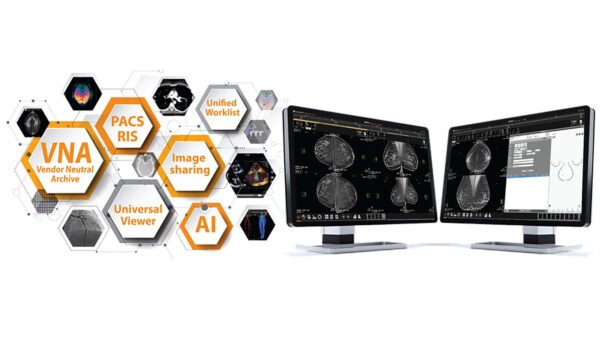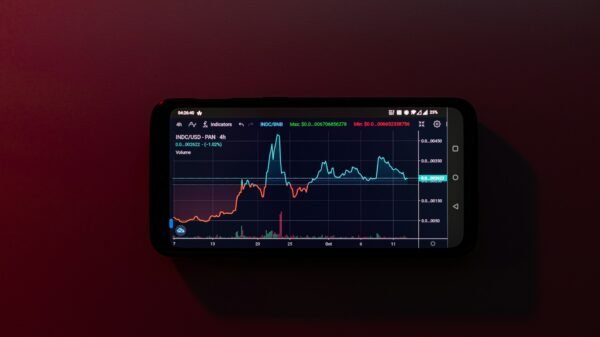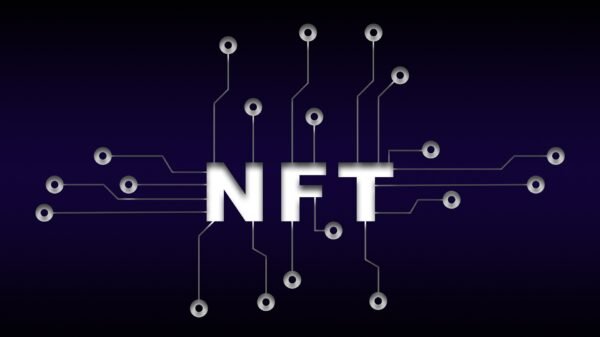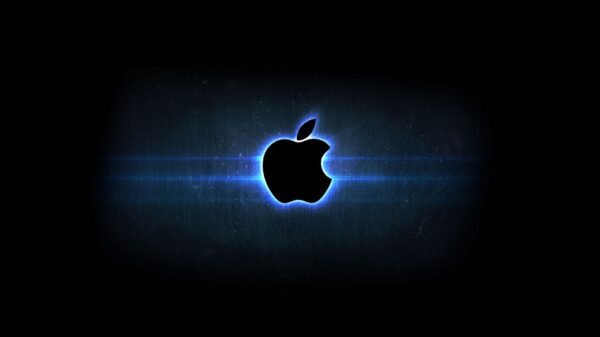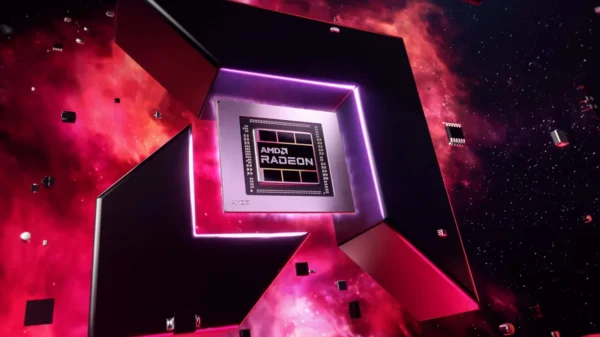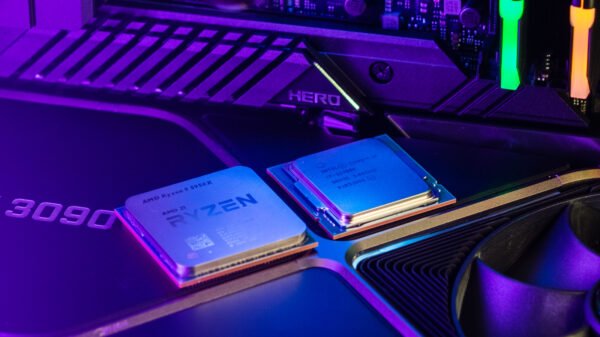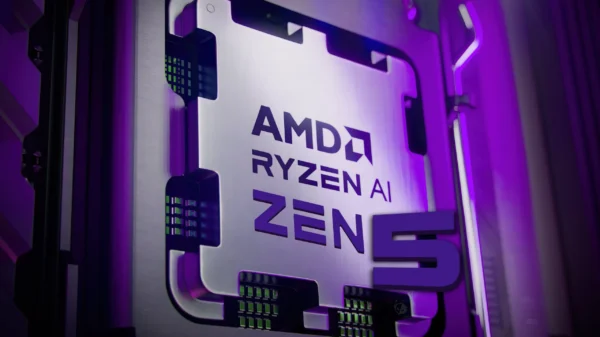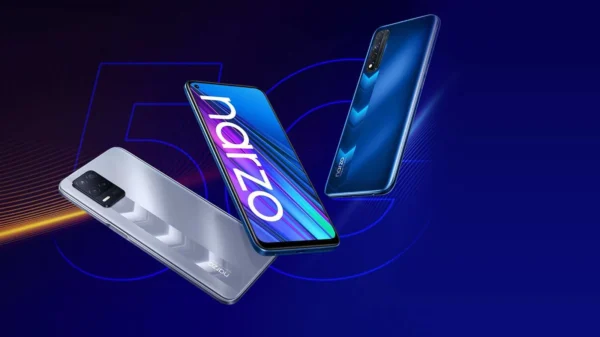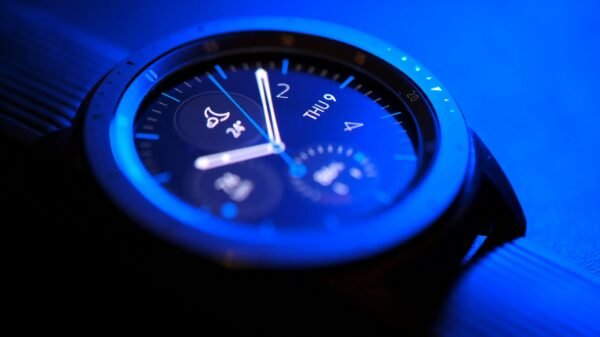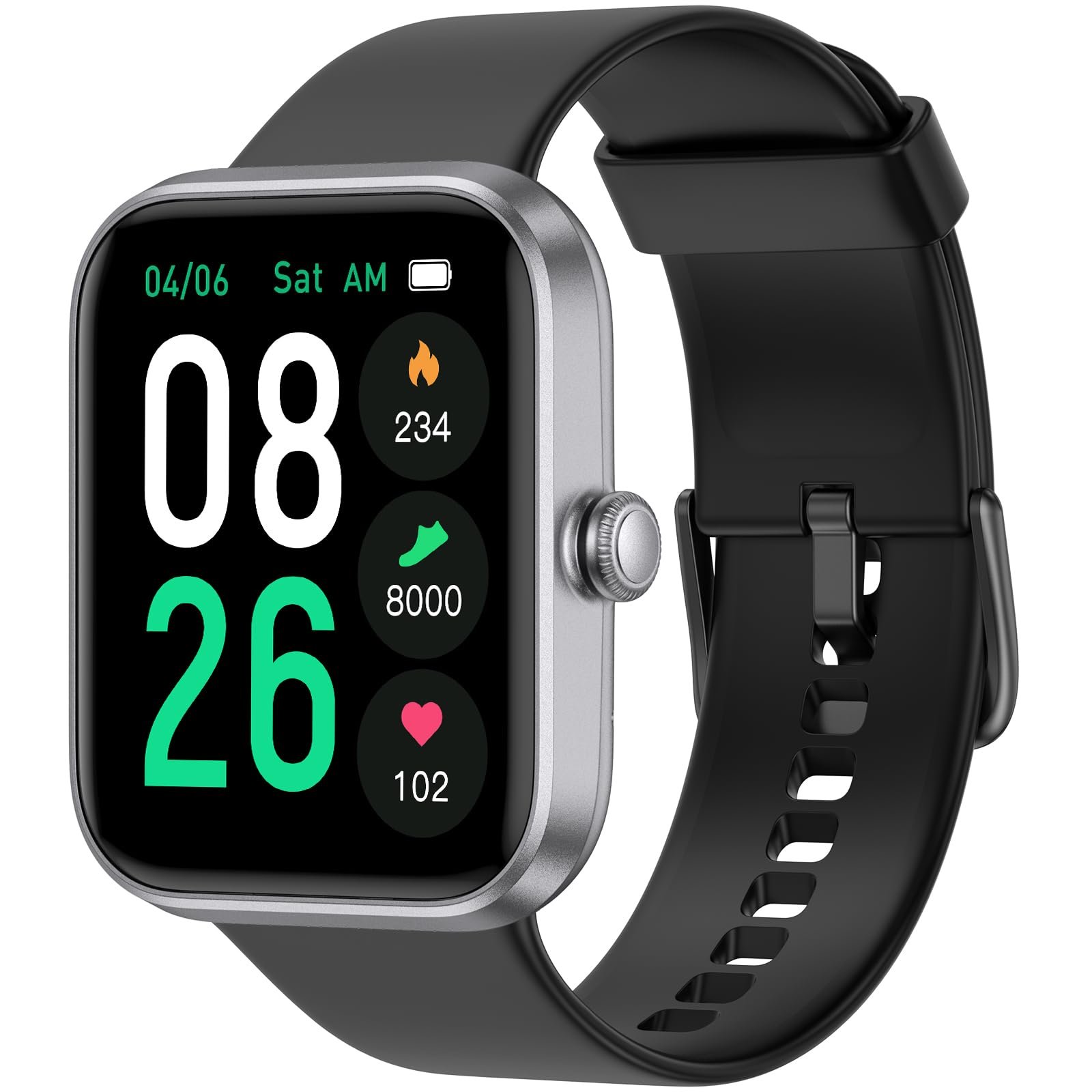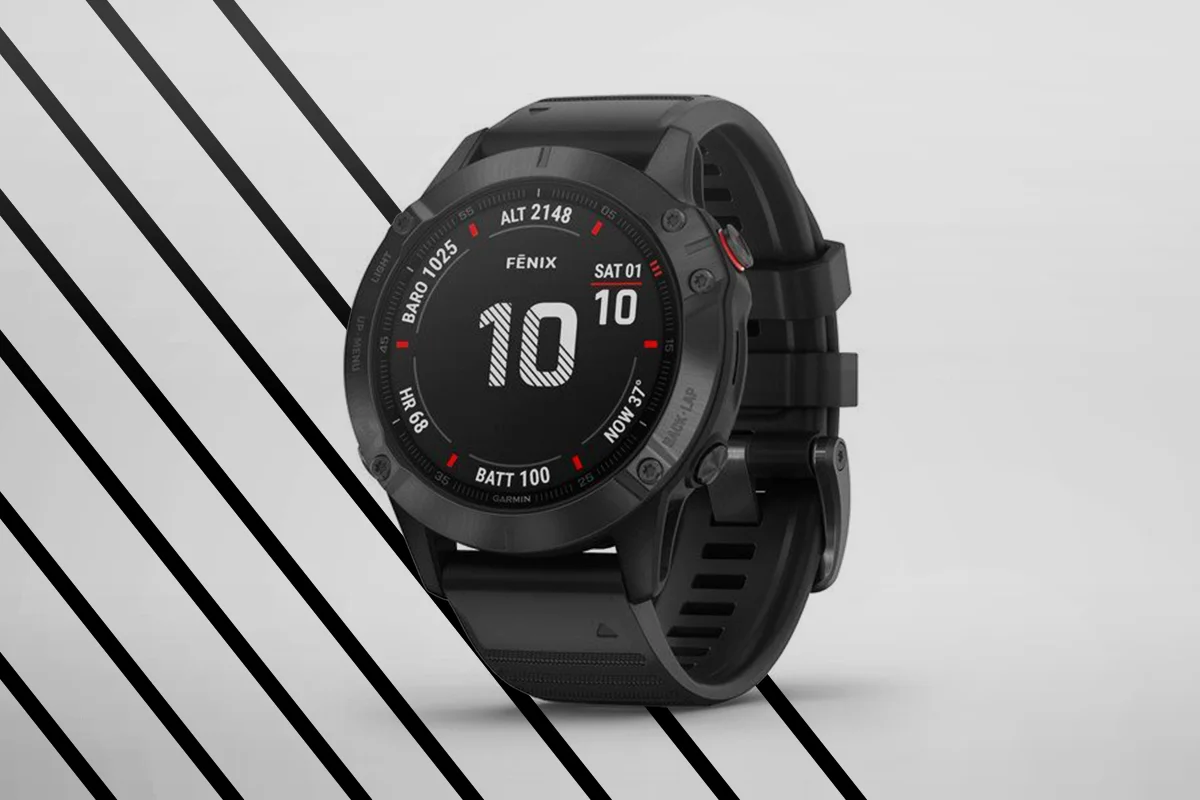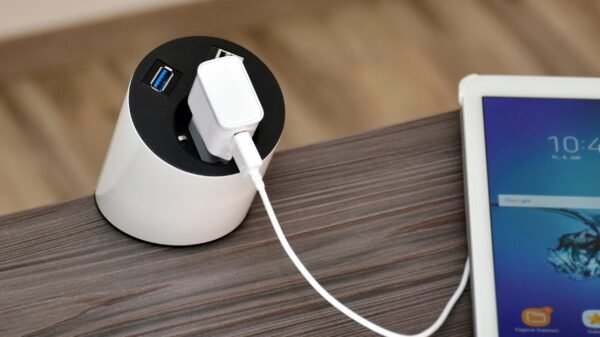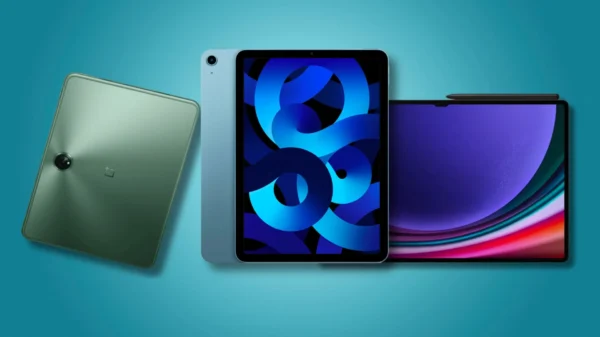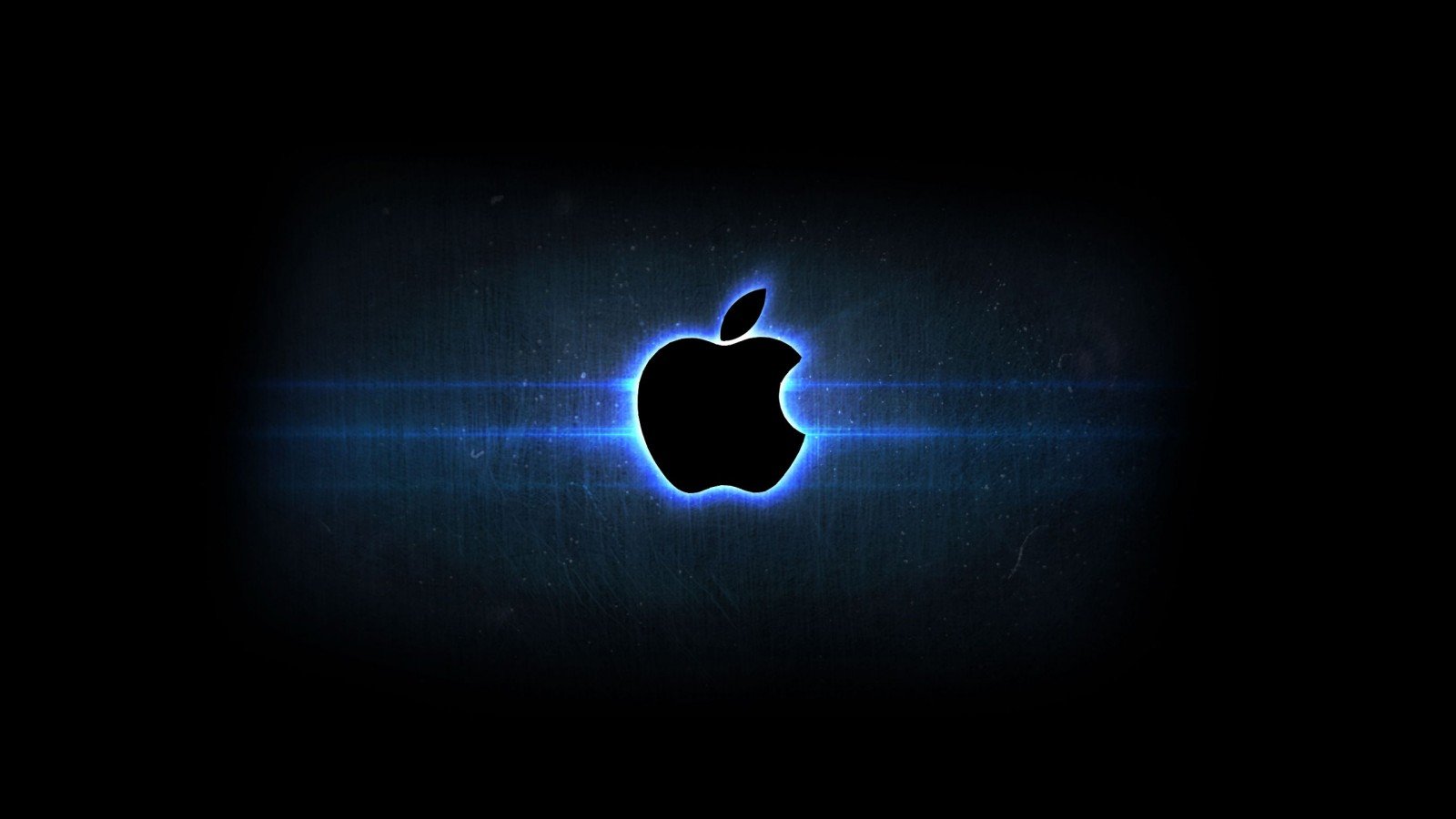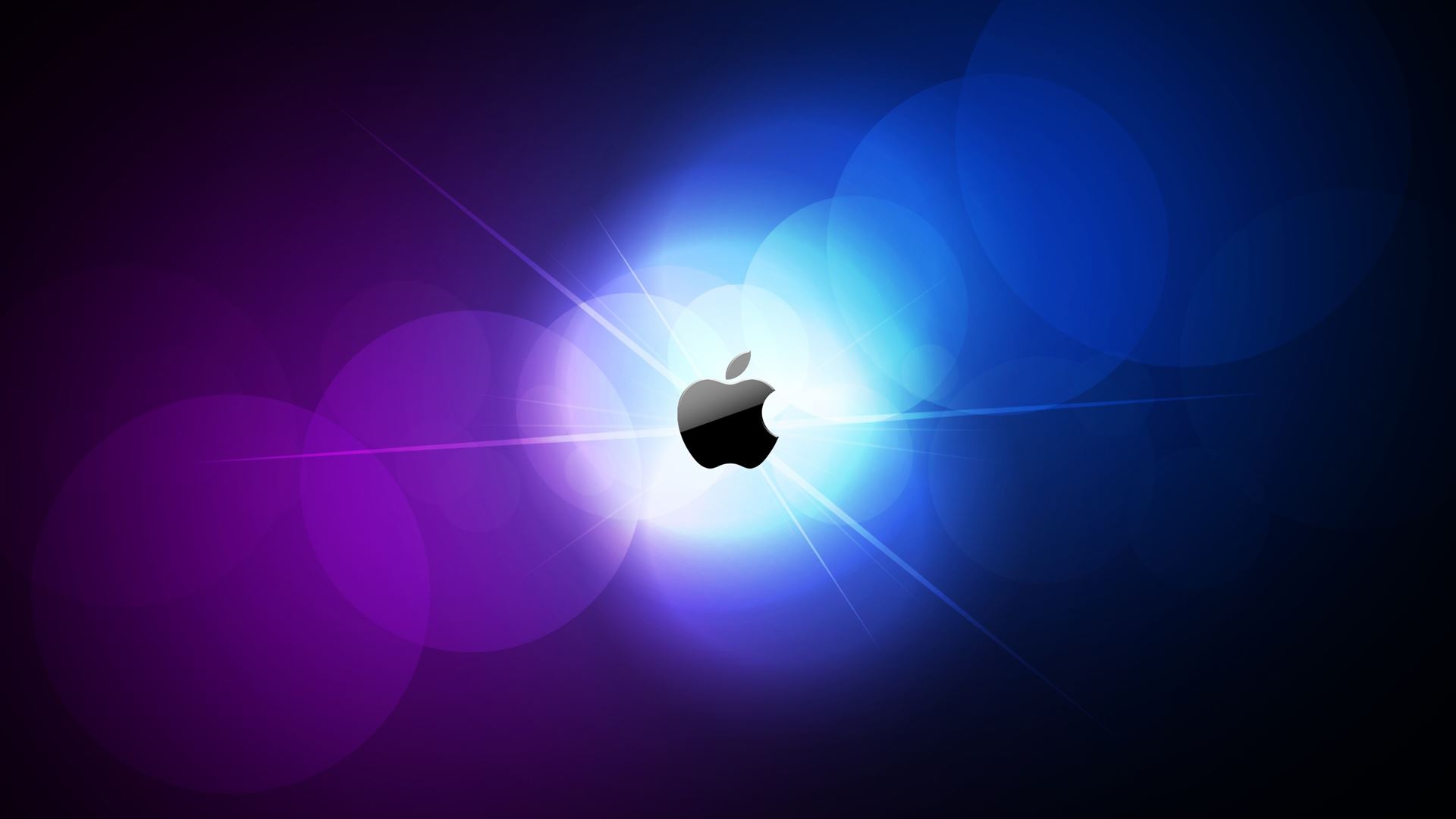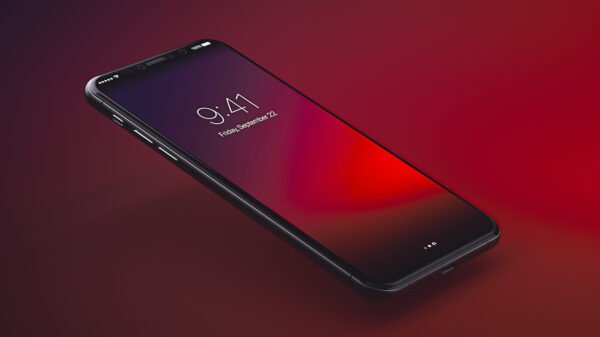Apple M4 vs M3 continues to push the boundaries of innovation with its powerful in-house silicon chips. As we look ahead to the M4 chip, let’s compare it to the recently launched M3 chip. How will the M4 build on the foundation of the M3, and what differences can users expect?
In this article, we’ll dive into the specifications, performance benchmarks, and real-world usage of both chips to help you understand their capabilities and which one might be the best choice for your future Apple devices.
Overview of the Apple M4 and M3 Chips
Before we get into the specifics, here’s a quick comparison of the two chips based on early leaks (M4) and the official release (M3).
Apple M4 vs M3
| Feature | Apple M3 | Apple M4 (Expected) |
|---|---|---|
| Architecture | 3nm | 3nm with potential optimizations |
| CPU Cores | 8 cores | 10 cores (rumored) |
| GPU Cores | 10 cores | 12 cores |
| Neural Engine | 16-core Neural Engine | 18-core Neural Engine |
| Transistors | 25 billion | 30 billion (rumored) |
| Unified Memory | Up to 24GB | Up to 32GB |
| Efficiency | Extremely power-efficient | Improved power efficiency (rumored) |
| Performance | Significant gains over M2 | 20-30% performance boost over M3 (rumored) |
| Devices | Macs, iPads, MacBooks | Future Macs, MacBooks |
| Launch Year | 2023 | 2024 (rumored) |
Key Differences Between Apple M4 and M3 Chips
1. Architecture and Process Node
The M3 chip was Apple’s first to utilize the 3nm process, which delivers significant power efficiency and performance improvements. The M4 chip, while expected to stick with the 3nm architecture, may introduce optimizations in terms of power management and transistor density. This will allow the M4 to handle more tasks with the same power consumption as the M3.
2. CPU and GPU Cores
The M3 chip features an 8-core CPU and a 10-core GPU, providing excellent performance for multitasking and graphics-heavy applications. However, rumors suggest that the M4 will feature a 10-core CPU and a 12-core GPU, making it even more capable for tasks like 3D rendering, video editing, and gaming.
3. Neural Engine
Apple’s Neural Engine is at the heart of its AI and machine learning features. The M3 chip has a 16-core Neural Engine, while the M4 is rumored to upgrade this to 18 cores. This means even faster and more efficient AI tasks, from facial recognition to voice commands.
4. Unified Memory
Unified memory architecture (UMA) is one of the standout features of Apple’s silicon chips, allowing the CPU, GPU, and Neural Engine to share memory. The M3 supports up to 24GB of unified memory, but the M4 is expected to support up to 32GB, making it better suited for professionals working on complex projects.
5. Performance and Power Efficiency
While Apple has not yet released official benchmarks for the M4, early predictions suggest a 20-30% performance boost over the M3. The M3 already delivers significant improvements in battery life and power efficiency compared to previous chips, but the M4 is likely to refine this even further, especially for tasks that require sustained high performance.
Apple M3: Who Is It For?
The M3 chip is ideal for consumers who need a balance between performance and power efficiency. Whether you’re editing videos in Final Cut Pro, playing graphics-intensive games, or managing multiple apps simultaneously, the M3 delivers outstanding performance.
Devices powered by the M3 include the latest models of MacBook Pro, MacBook Air, and iPad Pro. These are great for most users, including professionals who need reliable performance for day-to-day tasks and creative projects.
Apple M4: Who Is It For?
The M4 will likely cater to high-end users and professionals who need the absolute best performance. With rumored improvements in CPU, GPU, and memory capabilities, it will be the go-to chip for power users in areas such as:
- Video production
- 3D rendering
- Complex machine learning applications
- High-performance gaming
The M4 is expected to debut in Apple’s next generation of MacBook Pros, iMacs, and other pro-level devices, making it a powerhouse for those who demand the best.
Expected Devices with Apple M4
While there is no official confirmation, the M4 chip is expected to power upcoming iterations of:
- MacBook Pro (2024)
- iMac (2024)
- iPad Pro (2024)
These devices will likely receive significant performance boosts and improved power efficiency compared to their M3 counterparts.
Table: M3 vs M4 at a Glance
| Category | Apple M3 | Apple M4 (Expected) |
|---|---|---|
| Performance | High performance, suitable for pros | Next-level performance for power users |
| Efficiency | Optimized for energy efficiency | Further efficiency refinements expected |
| Memory | Up to 24GB Unified Memory | Up to 32GB Unified Memory |
| Neural Engine | 16-core for AI/ML tasks | 18-core, faster AI/ML performance |
| Release Date | 2023 | 2024 |
| Target Devices | MacBook Air, MacBook Pro, iMac, iPad Pro | Next-gen MacBook Pro, iMac, iPad Pro |
External Links for Further Reading
Frequently Asked Questions (FAQs)
1. What are the key differences between the Apple M4 and M3 chips?
The M4 is expected to have more CPU and GPU cores, better performance, and enhanced power efficiency compared to the M3. Additionally, the M4 is rumored to support up to 32GB of unified memory, while the M3 supports up to 24GB.
2. When will the Apple M4 chip be released?
The Apple M4 chip is expected to launch in 2024, likely in the next generation of MacBook Pros, iMacs, and iPad Pros.
3. Which devices use the Apple M3 chip?
The Apple M3 chip powers the latest models of MacBook Pro, MacBook Air, and iPad Pro, released in 2023.
4. Is the M3 chip good for gaming?
Yes, the M3 chip is excellent for gaming, especially with its 10-core GPU, which can handle graphics-intensive games and applications with ease.
5. Will the M4 chip be more expensive than the M3?
While pricing hasn’t been confirmed, it’s likely that devices with the M4 chip will be priced higher than their M3 counterparts, especially since the M4 will target more performance-focused users.
Conclusion
Both the M3 and the anticipated M4 chips represent significant steps forward in Apple’s silicon technology. While the M3 already offers impressive performance for most users, the M4 is poised to take that to the next level, with more cores, better efficiency, and higher memory capacity. If you’re a professional looking for top-tier performance, it may be worth waiting for the M4. Otherwise, the M3 is already more than capable of handling everyday tasks with ease.


